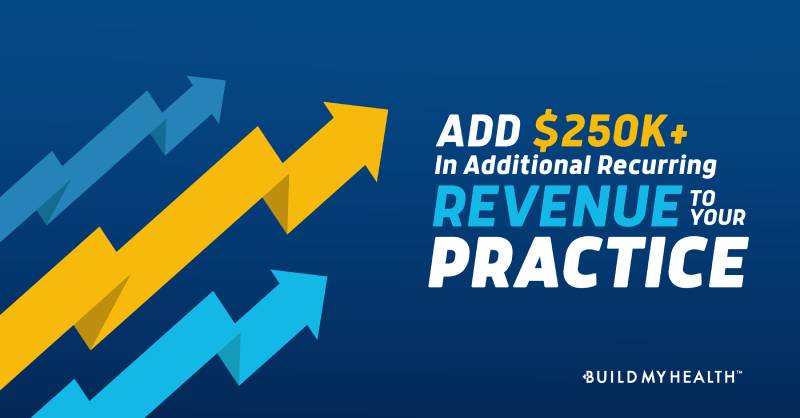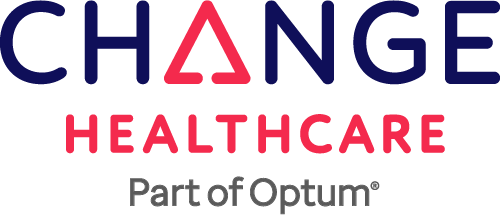Unless you’re totally oblivious to all forms of media from TV, print, or internet, you’ve probably heard about the Affordable Care Act (ACA), or ObamaCare. One of the main goals of the legislation is to bring down healthcare costs by several means (cutting reimbursements, decreasing the amount insurance companies spend on salaries, etc) but one hope of the new law is to decrease costs by increasing competition on healthcare plans. How do they plan to do this?
Price transparency my friend! By requiring insurance companies to post their rates for various health insurance plans all in one place (healthcare exchanges), the expectation is this will increase competition and lower prices. At first glance, this may not sound very groundbreaking but consider the past. Prior to the ACA, you would call health insurance companies and ask about their plans, their rates and their benefits. Then you’d hang up with insurance company A and call up insurance company B. Probably after the 2nd phone call, you were done, fed up, couldn’t take anymore since the rates, plans and benefits were so confusing.
With the new healthcare exchanges, each state will produce their own website or use one the Federal government develops, and require health insurance companies to post their plans, rates and benefits in an easy to read format on the site. Thus, you will be able to compare all insurance plans and rates side by side (ie compare Blue Cross Blue Shield to Cigna to Aetna to United Healthcare). By providing this price transparency, the government, that many conservative voters think is becoming more socialist, will hopefully set the stage for the best in what capitalism has to offer – competition! And with competition, insurance rates may fall. Whether rates actually decrease or not isn’t clear, but that’s the idea. Watch the video below from the Minnesota healthcare exchange. They do a great job of simplifying this premise.
There are many new start-up companies that are working on this premise of price transparency. In a recent article from reason.com, new businesses and doctors are posting their pricing online so that you know the costs for various doctor visits, treatments or tests before going into the office. Since so many more people are purchasing high deductible health plans, meaning consumers spend more out of pocket before insurance kicks in, we are suddenly more concerned about what we purchase compared to our former price un-conscious selves when insurance paid for everything! Posting prices online is meant to increase transparency, increase competition and lower costs for these “commodity” type services. Commodity in this context refers to something that is considered to be the same quality regardless of where you purchased it. Most would agree or not know the difference between a CT scan from one radiology imaging center versus another. Since there appears to be no difference, that CT scan is a commodity and therefore there’s no downside in getting the CT scan from the cheapest imaging center.
Even cosmetic surgery is getting in on the action. Most consumers don’t know the cost of cosmetic surgery before going in for a consultation. So you’re really going in blind, spending time discussing a procedure that until the end of the visit, you really have no idea whether it’s in your budget or not. BuildMyBod.com allows plastic surgeons to post pricing for procedures they offer so that patients can review costs before scheduling a consultation that may be a waste of their time if it’s found to be unaffordable. However, price transparency in this case has a different purpose. It’s not there to compare prices, increase competition or drive down prices. It’s only there for informational purposes and helping you decide ahead of time, if cosmetic surgery is in your budget so as to avoid “sticker shock” when arriving for your consultation. Here’s the big difference between cosmetic surgery and the CT scan example I used above: cosmetic surgery isn’t a commodity. There is a difference in where you get your cosmetic surgery. So you don’t want to find the cheapest plastic surgeon (sometimes the people who advertise the lowest rates aren’t even plastic surgeons! – read more about that here).
Price transparency will become readily available over the next year, especially when health care exchanges are required to go online (Oct. 1, 2013). But do your research so that you can get the best quality for the best, not necessarily the cheapest, price.
Was this helpful?



